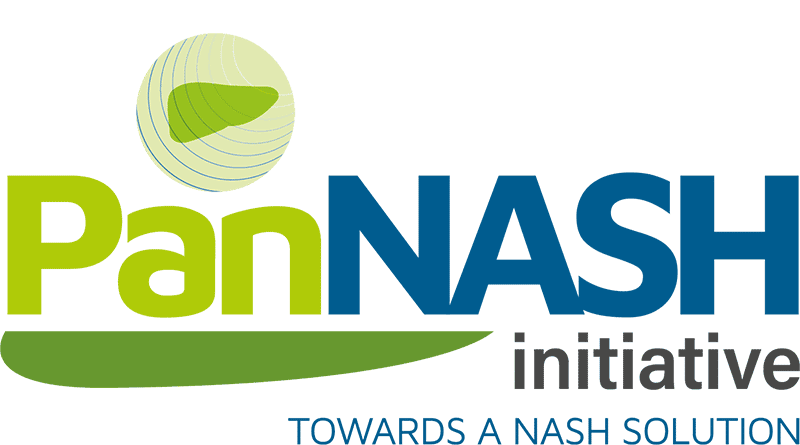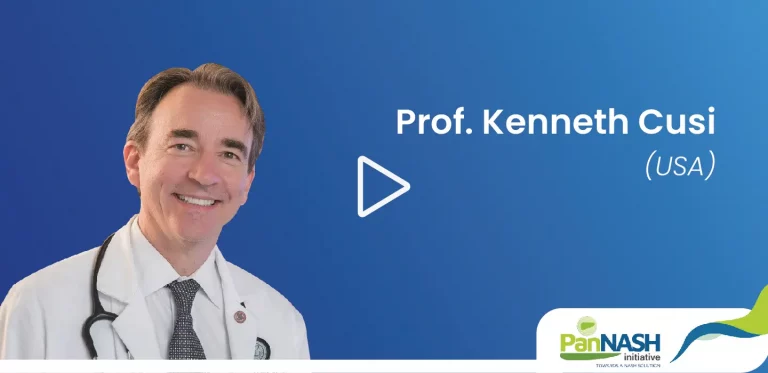Hello, my name is Frank Sacks. I’m a professor in the department of nutrition and molecular metabolism at the Harvard Chan School of Public Health in Boston. I’m also a professor of medicine at Harvard Medical School. I’m going to discuss PPAR agonists and plasma lipid risk
factors for cardiovascular disease. So why are we actually linking PPAR agonists and lipids? Well in an organization that is dedicated to treating NASH, fatty liver and fibrotic liver. Well it’s because a strong hypothesis in this field is that NASH is a result of at least in part of excess dietary intake of both fats and sugars and that this causes overweight and adipose tissue to become inflammatory and also becomes insulin resistant. This increases the levels of free fatty acids, which go to the liver and and become lipotoxic like diastole glycerides ceramides and so forth. So this activates inflammation in the liver. Now the liver reacts to this excess free fatty acids by resynthesizing triglyceride and exporting it into the systemic circulation in the form of VLDL.
For clinicians
So according to this VLDL is essentially a marker for excess fat and the effect of excess fat in the liver. Also because VLDL is essentially an atherogenic lipoprotein.The double problem is that there’s a throw atherogenicity for the vlg else and on top of it damage to the liver for the VLDL. So this combination makes a triglyceride targeted drug to be potentially very beneficial.




